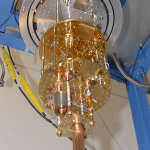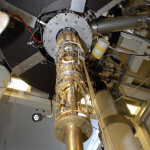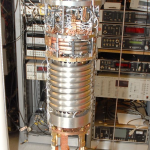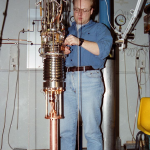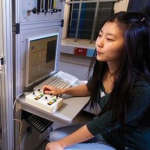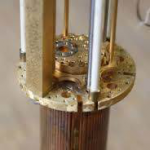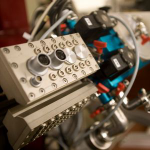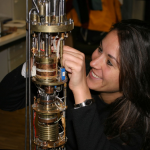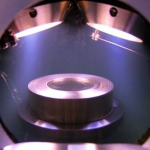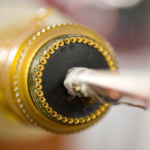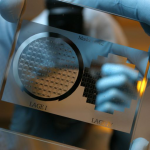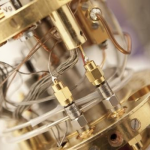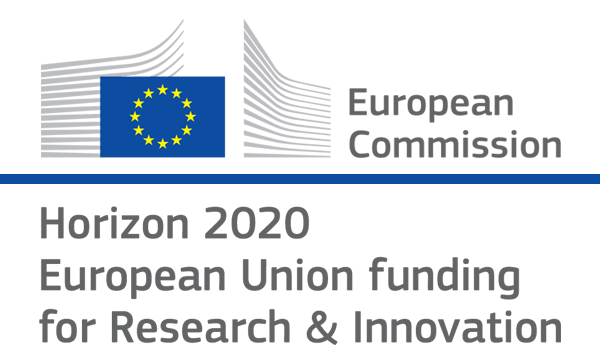

- Photon Transport in a Bose-Hubbard Chain of Superconducting Artificial Atoms
G. P. Fedorov et al., Phys. Rev. Lett. 126, 180503 (2021) - Path-Dependent Supercooling of the
He3 Superfluid A-B Transition
Dmytro Lotnyk et al., Phys. Rev. Lett. 126, 215301 (2021) - Superconductivity in an extreme strange metal
D. H. Nguyen et al., Nat Commun 12, 4341 (2021) - High-Q Silicon Nitride Drum Resonators Strongly Coupled to Gates
Xin Zhou et al., Nano Lett. 21, 5738-5744 (2021) - Measurement of the 229Th isomer energy with a magnetic micro-calorimeter
T. Sikorsky et al., Phys. Rev. Lett. 125 (2020) 142503
Structural and electrical properties of ultrathin niobium nitride films grown by atomic layer deposition.
S Linzen, M Ziegler, O V Astafiev, M Schmelz, U Hübner, M Diegel, E IlWe studied and optimised the properties of ultrathin superconducting niobium nitride films fabricated with a plasma-enhanced atomic layer deposition (PEALD) process. By adjusting process parameters, the chemical embedding of undesired oxygen into the films was minimised and a film structure consisting of mainly polycrystalline niobium nitride with a small fraction of amorphous niobium oxide and niobium oxo-nitrides were formed. For this composition a critical temperature of 13.8 K and critical current densities of 7 × 106 A cm–2 at 4.2 K were measured on 40 nm thick films. A fundamental correlation between these superconducting properties and the crystal lattice size of the cubic δ-niobium-nitride grains were found. Moreover, the film thickness variation between 40 and 2 nm exhibits a pronounced change of the electrical conductivity at room temperature and reveals a superconductor–insulator-transition in the vicinity of 3 nm film thickness at low temperatures. The thicker films with resistances up to 5 kΩ per square in the normal state turn to the superconducting one at low temperatures. The perfect thickness control and film homogeneity of the PEALD growth make such films extremely promising candidates for developing novel devices on the coherent quantum phase slip effect.
Superconductor Science and Technology, Vol. 30, (2017) 035010
doi: 10.1088/1361-6668/aa572a
